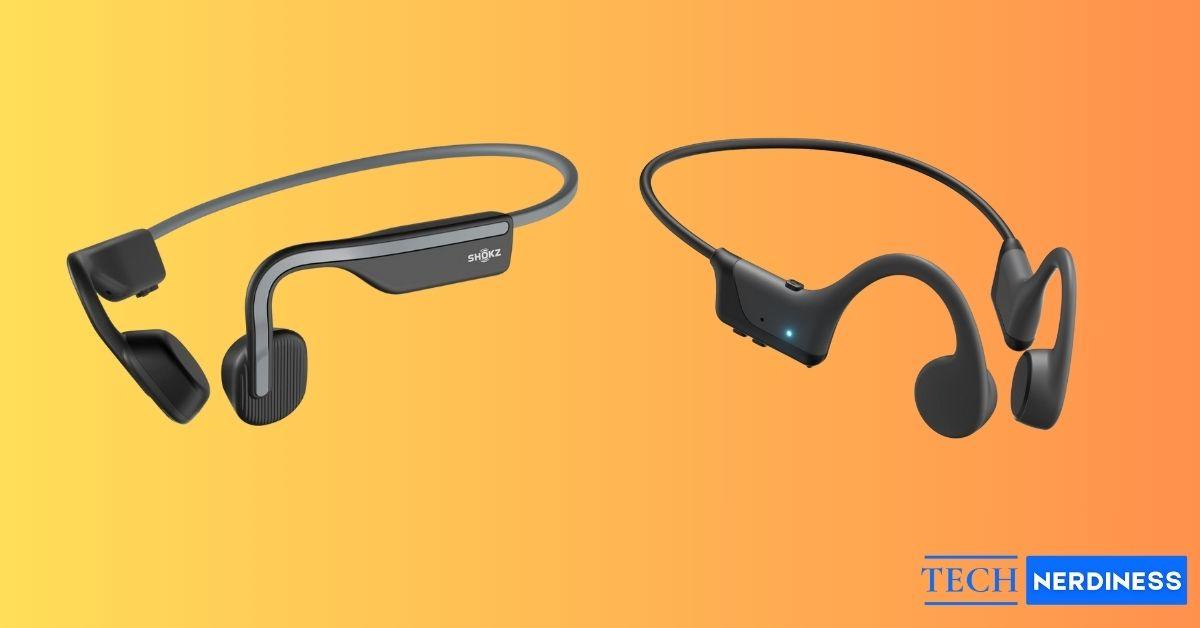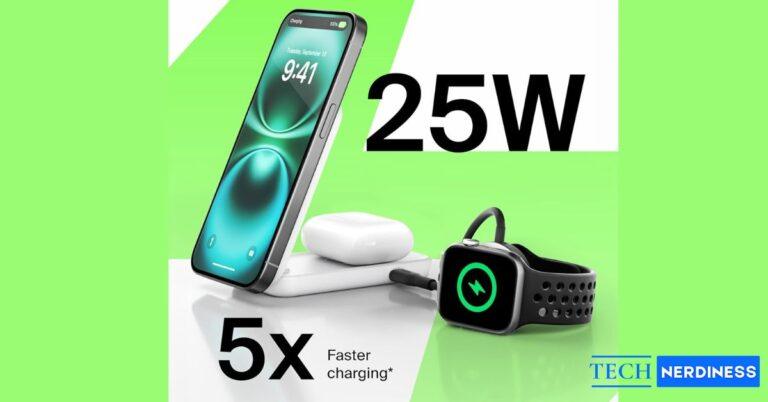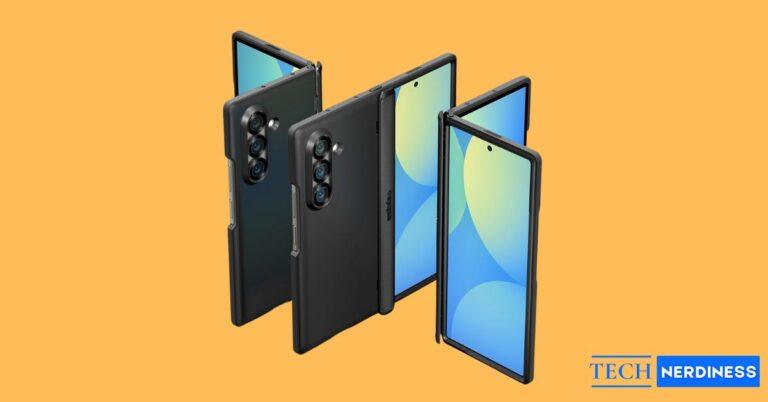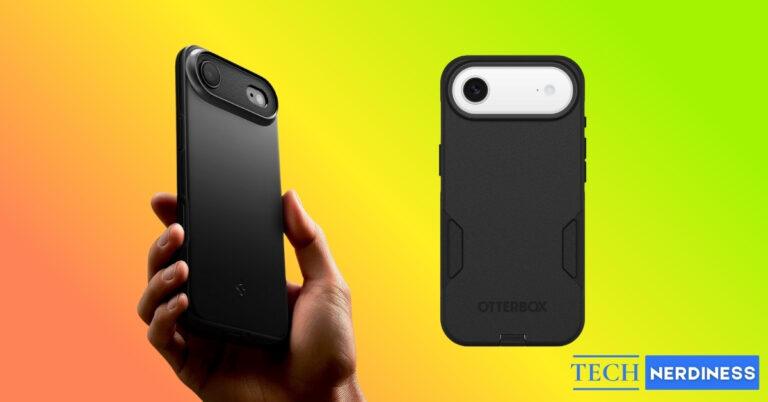I’ve tried every kind of headphone, wired, wireless, over-ear, and in-ear, but bone conduction models stood out. They send sound through your cheekbones instead of blocking your ears.
At first, it might feel a little unusual, but once you get used to the sensation, it’s hard to go back. You can still hear cars, conversations, or even birds chirping while your playlist or podcast runs quietly in the background. That’s exactly why these headphones have become so popular among runners, cyclists, and swimmers. They’re also a great choice for people with mild hearing loss who want to stay aware of their surroundings.
In this guide, I’ll walk you through the best bone conduction headphones, explain how they actually work, and share what to look for before buying a pair that truly fits your lifestyle.
What Are Bone Conduction Headphones?
Bone conduction headphones work differently from traditional ones. They send sound through vibrations in your cheekbones directly to your inner ear, keeping your ears open and sound clear.
This design keeps your ears open, which means you can still hear traffic, people talking, or even your trainer calling out instructions while listening to music or taking a call.
When comparing bone conduction headphones vs regular headphones, the biggest difference is awareness. Regular headphones block outside noise to focus on sound, but bone conduction ones keep you connected to your surroundings. They are perfect for outdoor workouts, cycling, or anyone who wants to stay alert while listening.
It might take a few minutes to get used to the sensation, but once you do, it feels surprisingly natural. It’s like having background music that blends seamlessly with the world around you. If you value safety, comfort, and awareness, headphones make perfect sense.
5 Best Bone Conduction Headphones
After testing multiple models and reading countless reviews, these are the headphones that stood out the most.
1. SHOKZ OpenMove Open-Ear Bluetooth Sport Headphones
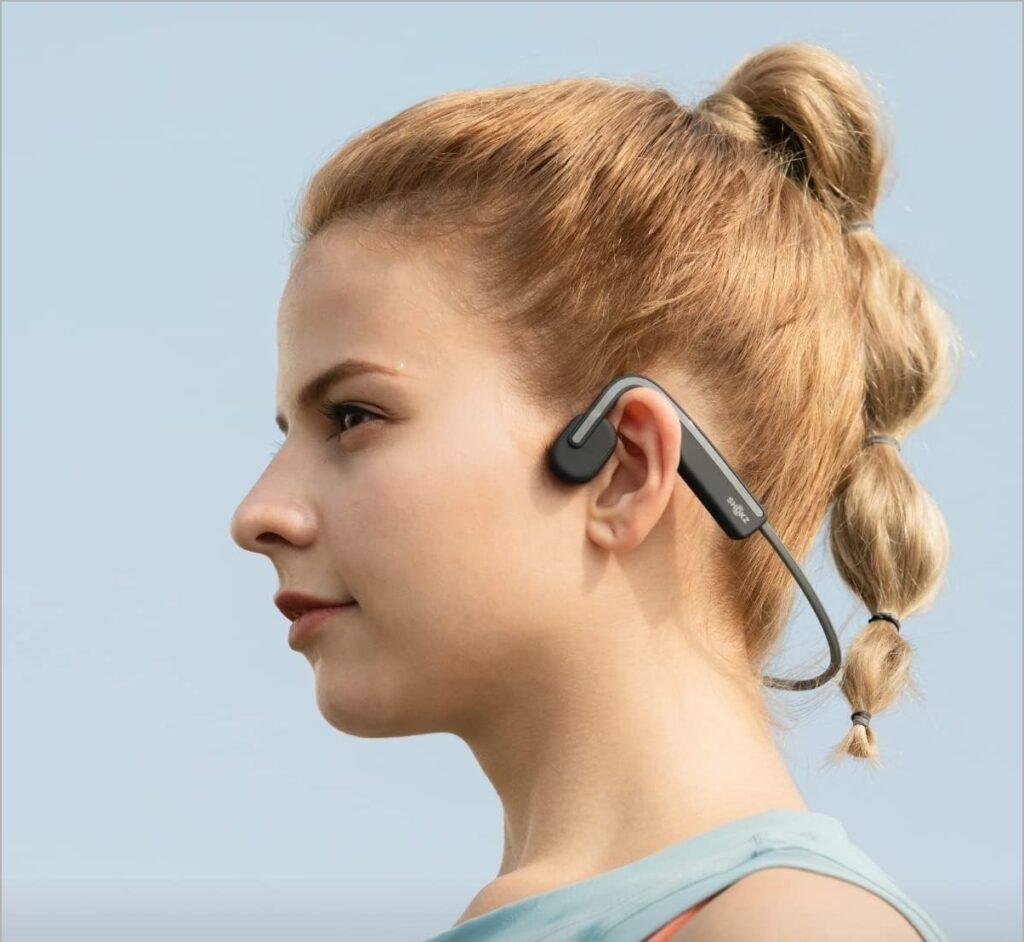
The SHOKZ OpenMove is one of the most popular open-ear headphones for beginners who want to experience bone conduction technology. It’s lightweight, comfortable, and built with a wraparound titanium frame that stays secure during runs or workouts.
The open-ear style lets you stay aware of traffic and surroundings, making it ideal for running or commuting. Sound quality is balanced with clear vocals, decent mids, and a light touch of bass.
Battery life lasts around six hours on a full charge, which is enough for most workout sessions or workdays. At roughly $79, it delivers solid quality without the premium price tag. For anyone trying bone conduction headphones for the first time, the SHOKZ OpenMove is a smart, comfortable entry point.
2. BAICLUD (Everyday Sports Use)

At first glance, these might look like swimming headphones, but they’re actually designed for land workouts. The IP55 rating means they resist sweat and rain, though you shouldn’t submerge them. For running, cycling, or gym use, they perform surprisingly well.
The lightweight titanium wraparound frame stays secure during intense sessions, and the open-ear design keeps you aware of your surroundings. Bluetooth 5.0 pairs quickly and remains stable within a 10-meter range.
Sound quality is clear, especially for podcasts and upbeat tracks. The upgraded transducer offers strong volume without harsh vibrations. The quick Type-C charging is handy too; a 10-minute charge gives about 1.5 hours of playtime, while a full charge lasts up to 8 hours.
Dual noise-cancelling microphones make calls clear, even in windy conditions. While not made for the pool, they’re a great pick for anyone wanting durable, affordable headphones for everyday workouts.
3. SHOKZ OpenRun (USB-C Quick Charge Model)
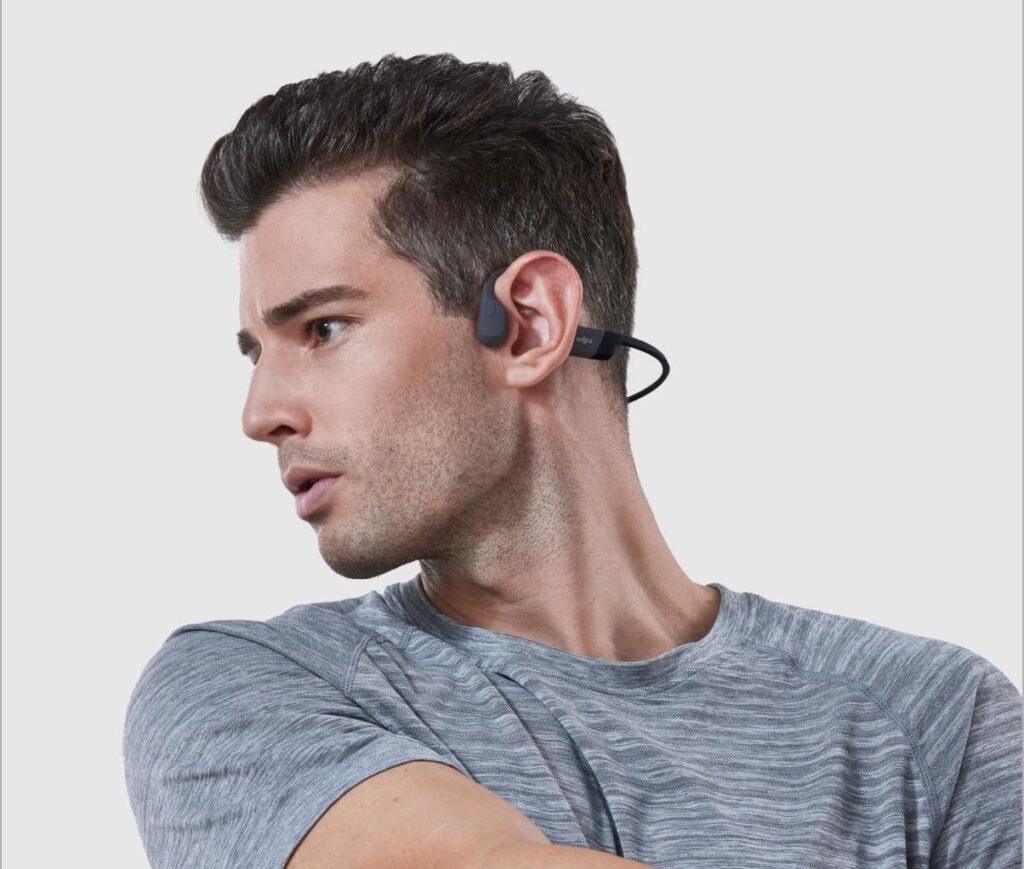
In my SHOKZ bone conduction headphones review, this model came out on top. The SHOKZ OpenRun delivers everything I expect from premium bone conduction audio: comfort, awareness, and performance.
The lightweight titanium frame feels barely noticeable, even during long runs. Its open-ear fit keeps you aware of your surroundings, which is invaluable when cycling near traffic. The IP67 rating makes it sweatproof and waterproof, though not for swimming.
Sound quality is crisp and balanced, with clean vocals and enough bass to keep your rhythm alive without overpowering ambient noise. Battery life holds steady at 8 hours, and the USB-C quick charge is a real lifesaver. A 10-minute charge provides about 1.5 hours of playtime.
Bluetooth 5.1 ensures a stable connection, even in crowded spaces, and the built-in mic keeps calls clear. After testing multiple models, the Shokz OpenRun remains my go-to recommendation for runners and cyclists.
4. Ogogrs (Everyday Outdoor Pick)
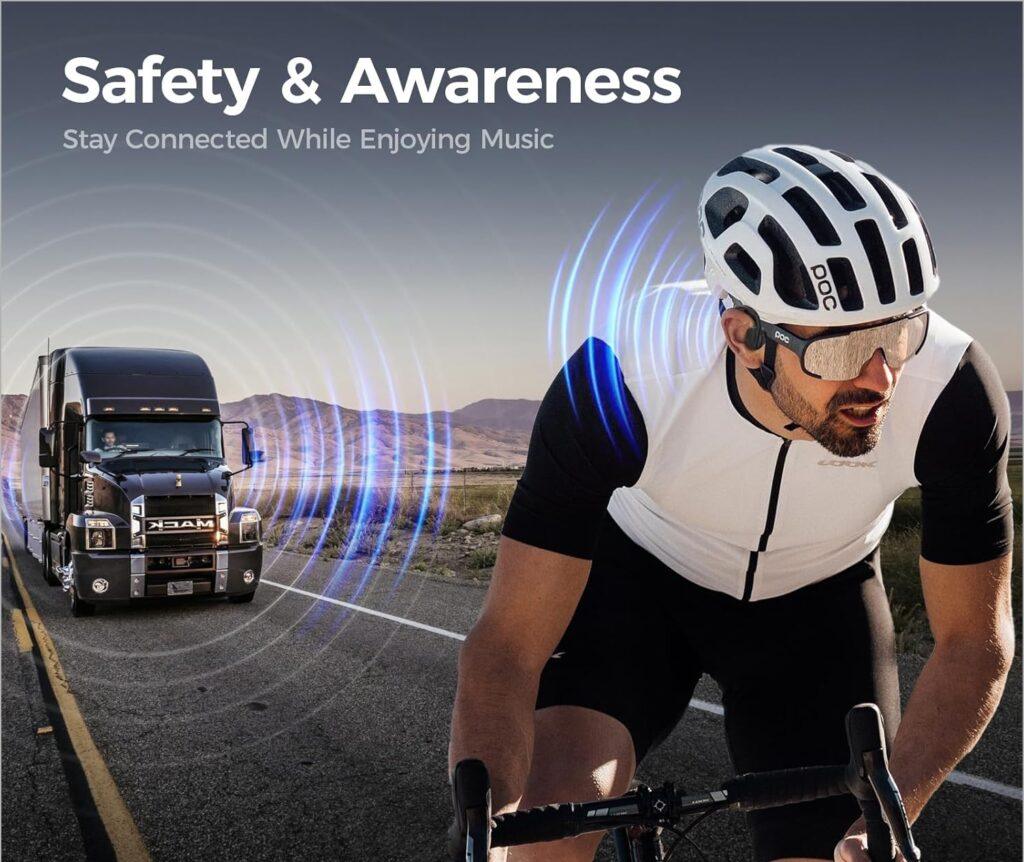
This model from Ogogrs is a solid all-rounder for outdoor training. While not made for swimming, it performs well for running, cycling, hiking, and gym workouts. The IP55 water resistance protects it from sweat and light rain, making it reliable for everyday use.
The lightweight titanium frame provides a flexible yet stable fit that stays secure during high-intensity sessions. Bluetooth 5.3 pairs quickly and remains stable across devices.
Sound quality is impressive for its price, with crisp mids, clear vocals, and strong volume. The built-in mic performs well for calls and virtual meetings. Battery life reaches around 10 hours, and Type-C fast charging helps when you’re short on time.
If you want a durable, affordable option for outdoor training or daily commutes, the Ogogrs headphones deliver consistent performance at a reasonable price.
5. CXK (Budget-Friendly Choice)

If you’re on a tight budget, the CXK Bone Conduction Headphones offer great value. They use the latest Bluetooth 5.4 for faster pairing and a more stable connection. The open-ear design keeps you aware of your surroundings while you listen.
Sound quality is impressive for this range, with clear vocals, crisp highs, and decent stereo depth from the 15mm speaker drivers. While not bass-heavy, playback remains clean and loud even in slightly noisy environments. The built-in mic also performs well for calls and voice chats.
The comfort level is excellent. The lightweight titanium wraparound frame and skin-friendly silicone make them easy to wear for hours. At just 28 grams, you’ll barely notice them during use.
Battery life reaches up to 10 hours of playtime with around 240 hours of standby time. The IPX6 water resistance protects against sweat and light rain. It’s an ideal affordable option if you want to try bone conduction technology without spending too much.
How to Choose the Right Bone Conduction Headphones
Picking the right pair depends on how you’ll use them. Here’s what to consider:
- Comfort and Fit: Since these headphones rest around your ears, the fit matters. Flexible titanium or silicone frames reduce pressure during long sessions.
- Battery Life: Look for at least 6 to 8 hours of playback. Long-distance runners and cyclists benefit from extended battery life.
- Waterproof Rating: For swimming, look for IPX8. For sweat and rain protection, IPX5 or IPX7 is sufficient.
- Sound Quality vs Safety: Don’t expect heavy bass. Focus on clarity and situational awareness, which is the main advantages of bone conduction.
- Price and Features: Higher cost doesn’t always mean better performance. Many mid-range models now offer Bluetooth 5.0, noise-canceling mics, and quick charging at a reasonable price.
When comparing bone conduction headphones vs normal headphones, remember they aren’t built for deep bass but for safety, comfort, and awareness.
Who Should Use Bone Conduction Headphones?
Bone conduction headphones are ideal for people who want open-ear listening and situational awareness.
- Runners and Cyclists: Stay aware of traffic while enjoying your playlist.
- Swimmers: Waterproof models like Mojawa are great for underwater use.
- People with Hearing Issues: Those with mild hearing loss benefit from bone-conducted sound that bypasses the ear canal.
- Commuters and Office Users: Listen to calls or podcasts while staying aware of your environment.
- Parents and Caregivers: Enjoy music without missing important household sounds.
This technology bridges the gap between awareness and entertainment that traditional headphones can’t.
Final Thoughts
After trying several models, my top choice remains the Shokz OpenRun Pro. It balances clarity, comfort, and battery life while maintaining a lightweight, durable
The best bone conduction headphones offer something for everyone, from waterproof options for swimmers to lightweight designs for daily commuters.
Think about how you’ll use them, whether for training, commuting, or swimming, and choose accordingly. If you value safety, comfort, and awareness, they are absolutely worth trying today.
FAQs
Yes. They bypass the eardrum, reducing direct pressure on your ears. As long as you listen at moderate volume, they’re completely safe.
Yes, if they have an IPX8 waterproof rating. Models like BAICLUD or Mojawa work perfectly for lap swimming or open-water training.
They sound different from traditional ones. There is less bass and more clarity. For podcasts and workouts, they’re great. For audiophiles, they might take a little adjustment.
Yes. Most modern frames are thin and flexible enough to fit comfortably with glasses or bike helmets.
You might also like:

